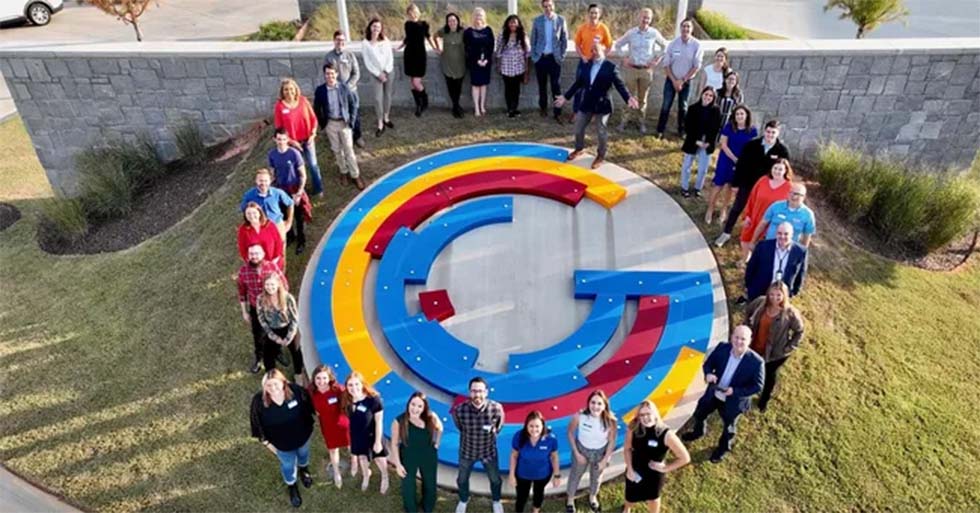Second screens hook people to advertising
Evidence that use of second screens increases exposure to traditional linear TV spot advertising has emerged in the UK.
This came unexpectedly from a study just carried out for UK commercial TV marketing body Thinkbox by COG Research, revealing that use of second screens kept viewers in the room while ads were showing, rather than channel surfing, searching the EPG, or going out for refreshment. Viewers reported feeling liberated by being able to engage with tablets, PCs or smart phones while watching scheduled, on demand or catch up material on the big screen, but also were open to advertising, initially just through being there and at least subliminally absorbing spot commercials while they were showing.
Viewers indulging in second screen activities weremore likely to stay in front of the TV for longer. The survey found that 64 percent of users engaging simultaneously with two screens, or occasionally more, viewed for over 15 minutes per session, compared with 47 percent of those just following the main screen.
Perhaps of greater interest for brands and advertisers was the finding that people wanted, and even expected, to have advertising incorporate the second screen, providing it did so in way that benefited them, by saving time and taking them straight to points of purchase, as well as being offered personalized discounts and freebies.
This, argued Thinkbox, presents brands and advertisers with a huge opportunity they should seize. The second screen could for example be used to give viewers incentives to engage with adverts showing on the primary screen at the time, while also bridging the TV and digital elements of a campaign. There is also the prospect of creating new campaigns build specifically around the new duet of primary and secondary screen.
The professional video industry's #1 source for news, trends and product and tech information. Sign up below.
